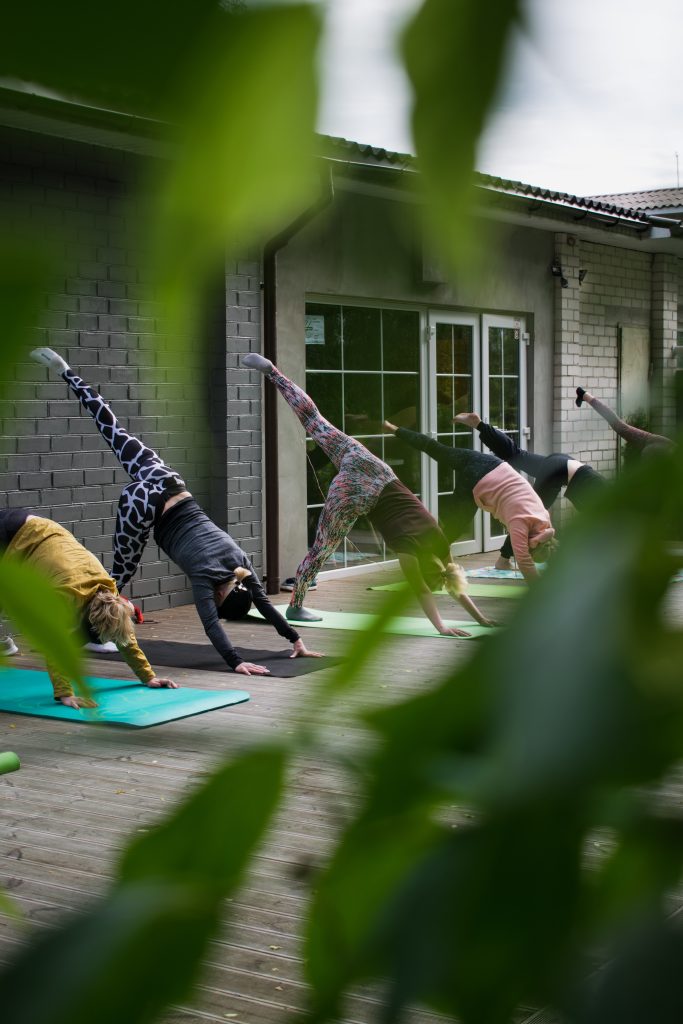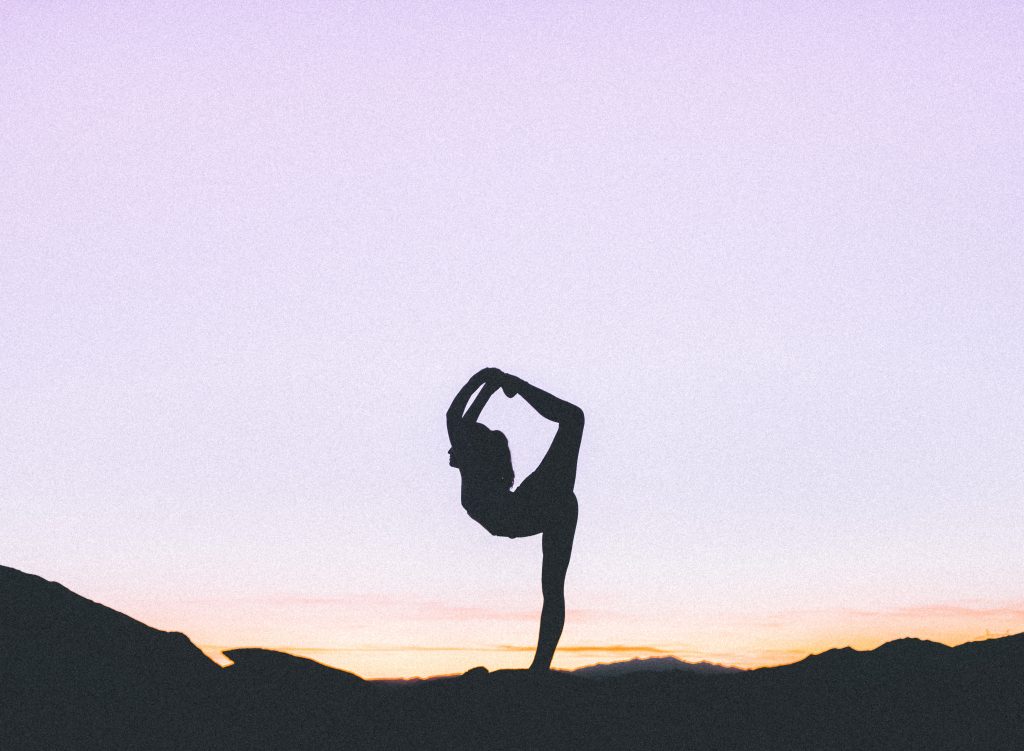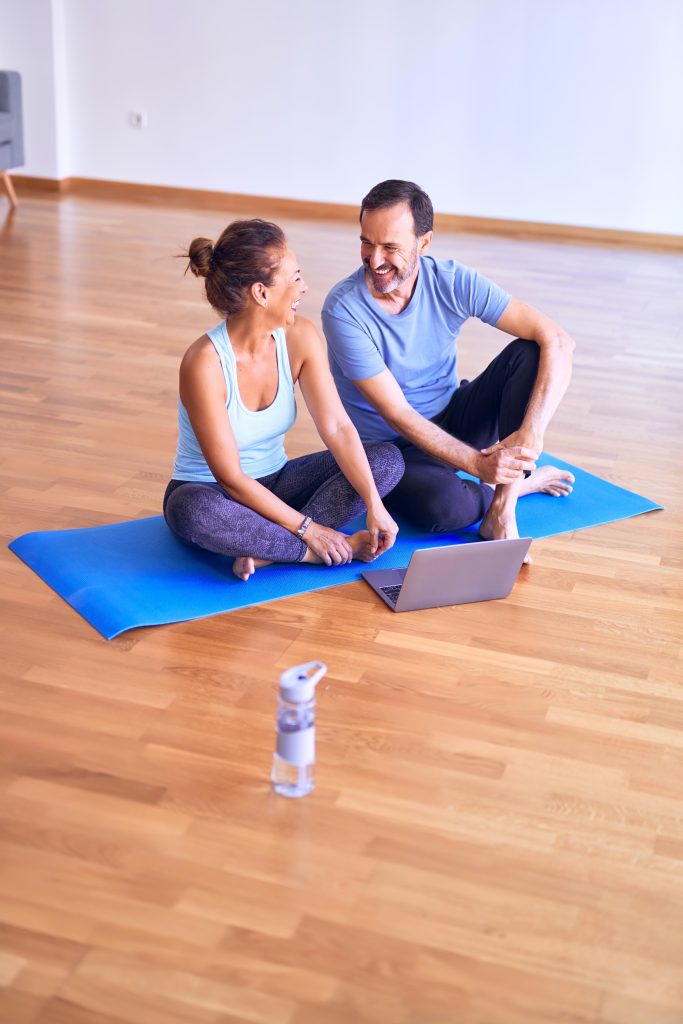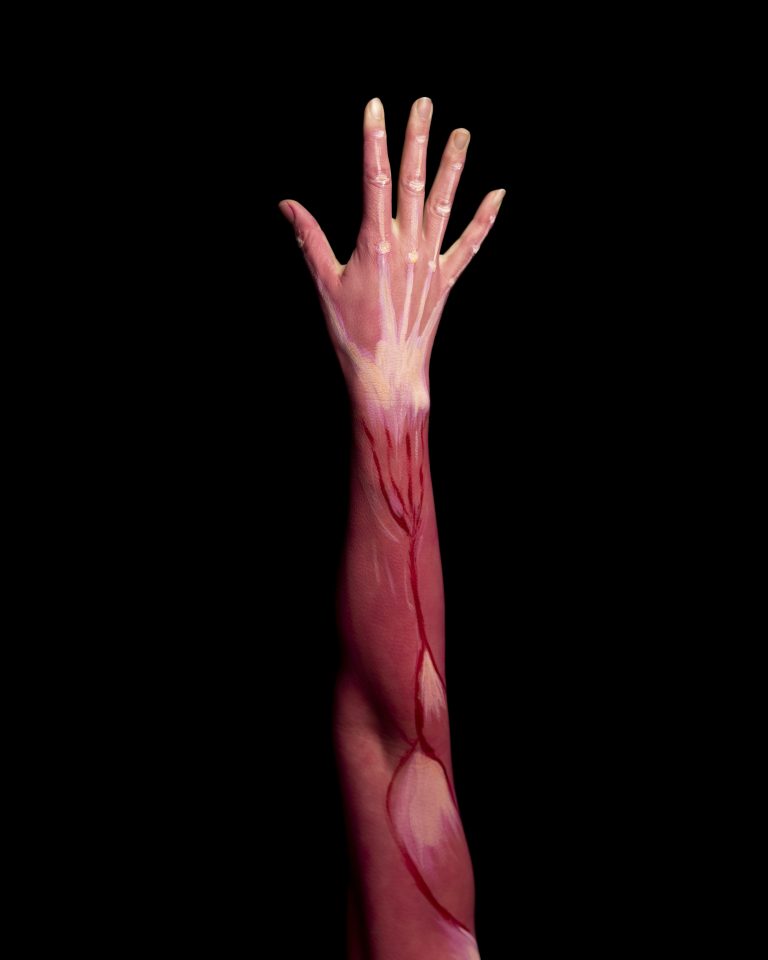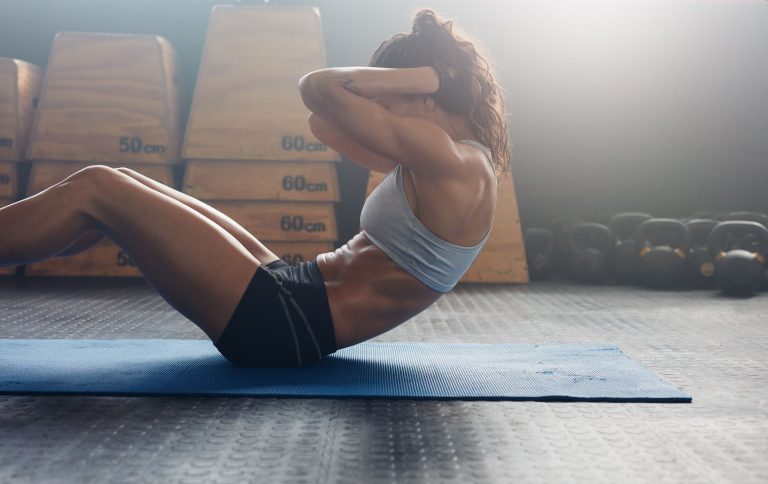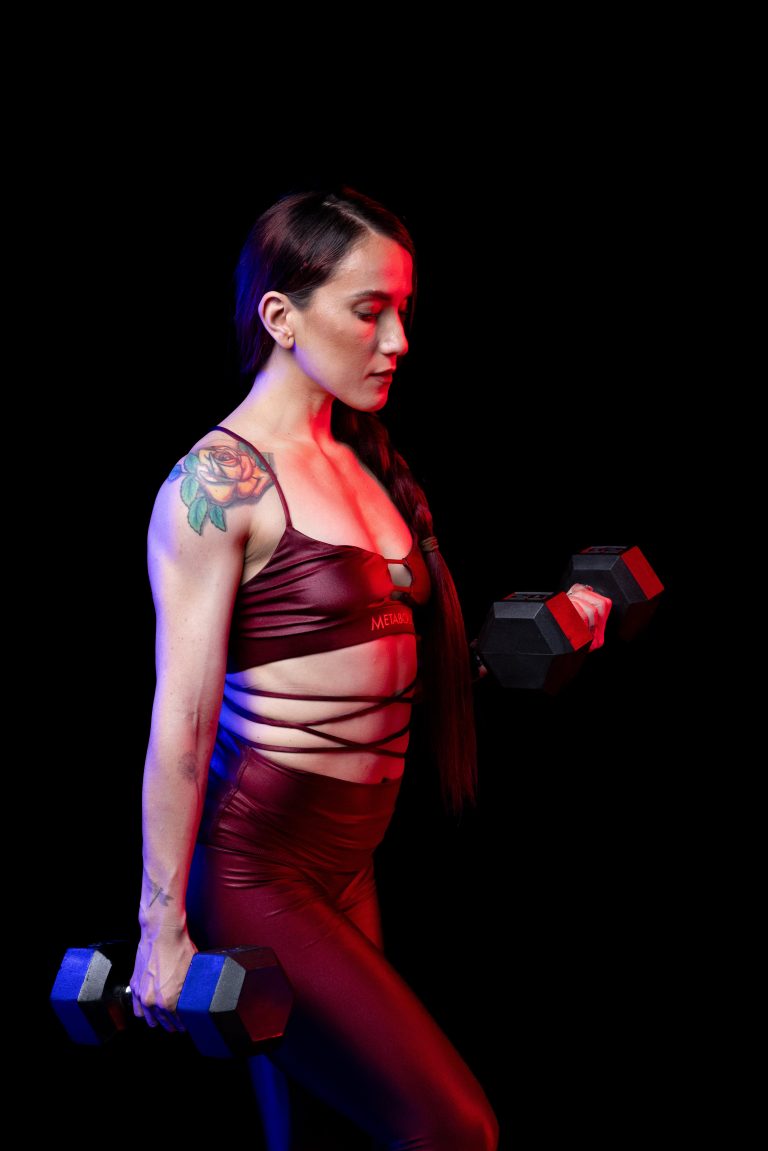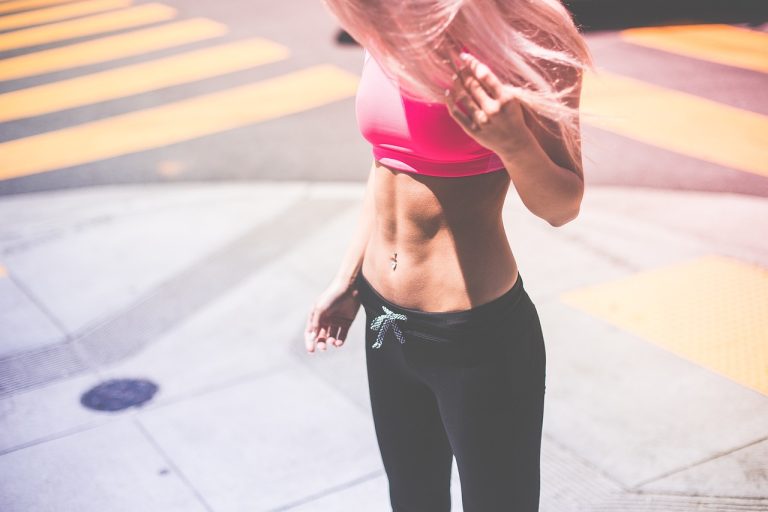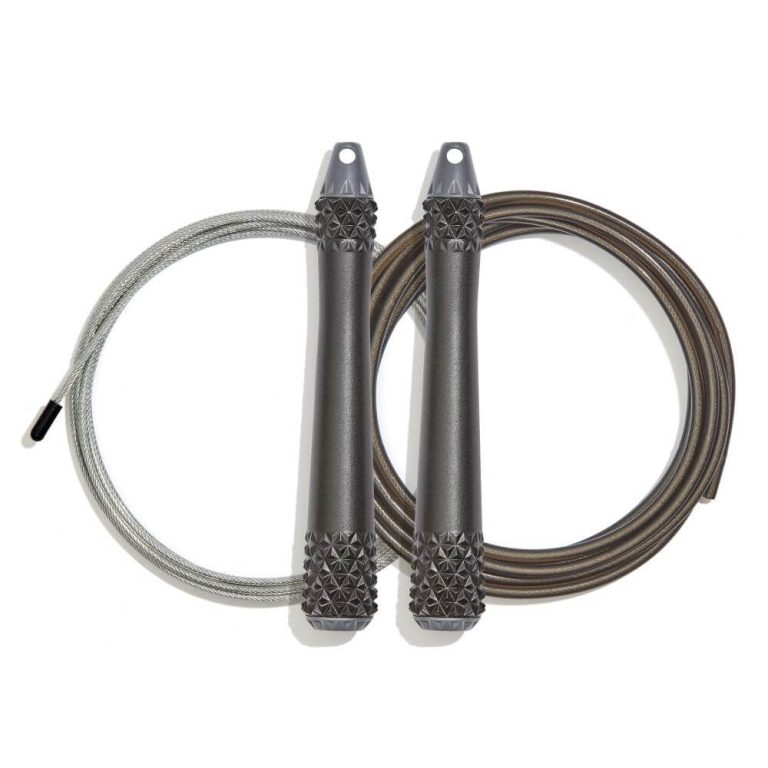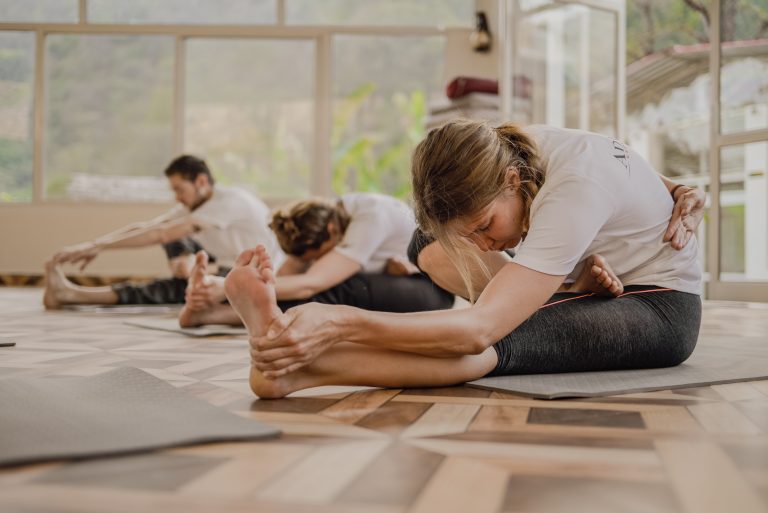Are you wondering about the distinction between Pilates and yoga mats? While they may appear similar at first glance, there are key differences to consider. This article will highlight the factors that set these mats apart, helping you make an informed decision when it comes to choosing the right one for your exercise routine. So whether you’re a yogi or a Pilates enthusiast, read on to discover the disparities between these two types of mats and find the perfect match for your fitness needs.
Table of Contents
ToggleMaterial
Pilates Mat Materials
When it comes to Pilates mats, you will find a variety of materials to choose from. The most common material used for Pilates mats is PVC (Polyvinyl Chloride). PVC mats are known for their durability and longevity. They provide a stable and non-slip surface that allows for proper alignment and movement during Pilates exercises. Another popular material used for Pilates mats is TPE (Thermoplastic Elastomer). TPE mats are eco-friendly and free from harmful substances like latex and rubber. They offer excellent cushioning and are easy to clean. Other materials used for Pilates mats include rubber, foam, and cork, each providing unique benefits and textures.
Yoga Mat Materials
Yoga mats, on the other hand, are available in a wide range of materials. The most commonly used material for yoga mats is PVC. PVC yoga mats are known for their affordability and durability. They provide a sticky surface that helps maintain grip during yoga poses. Another popular material for yoga mats is TPE, which offers similar benefits to PVC but is more eco-friendly. Natural rubber is also commonly used for yoga mats due to its excellent grip and cushioning. Additionally, you can find yoga mats made from materials like jute, cotton, or cork, each with its own unique properties and advantages.
Differences in Material
While Pilates and yoga mats may share some common materials like PVC and TPE, there are slight differences in their composition. Pilates mats are often made with denser and more cushioned materials to provide support during Pilates exercises that involve more intense movements and dynamic strength-building exercises. Yoga mats, on the other hand, generally prioritize grip and stability, allowing for better traction during static yoga poses and flows. These differences in material help cater to the specific needs and demands of each practice.
Size and Thickness
Pilates Mat Size and Thickness
Pilates mats come in various sizes and thicknesses. The standard size for a Pilates mat is around 72 inches in length and 24 inches in width, but you can also find longer and wider options to accommodate different body types. As for thickness, Pilates mats are typically thicker than yoga mats, with an average thickness ranging from 10mm to 15mm. This added thickness provides additional cushioning and support during Pilates exercises, especially for the spine and joints.
Yoga Mat Size and Thickness
Yoga mats also come in different sizes and thicknesses. The standard size for a yoga mat is similar to that of a Pilates mat, around 72 inches in length and 24 inches in width. However, yoga mats tend to vary more in thickness, ranging from thin mats around 1.5mm to 8mm. Thicker yoga mats offer more comfort and joint support, while thinner mats allow for better stability and connection with the ground during balancing poses.
Differences in Size and Thickness
The main difference in size and thickness between Pilates and yoga mats lies in their intended use. Pilates mats are typically thicker to provide the necessary support and cushioning for Pilates exercises, which often require more intense movements and controlled transitions. Yoga mats, on the other hand, prioritize portability and being closer to the ground, making them thinner and more lightweight for better balance during yoga poses and flows.
Grip and Texture
Pilates Mat Grip and Texture
When it comes to grip and texture, Pilates mats are designed to provide a non-slip surface that allows for stability and control during Pilates exercises. Most Pilates mats feature a textured or ribbed surface that enhances grip and prevents slippage, even when performing exercises that involve quick movements or changes in direction. The texture also helps create traction between the mat and your body, allowing for better alignment and body awareness.
Yoga Mat Grip and Texture
Yoga mats are also designed to offer grip and traction, but the focus may vary based on the type of yoga practiced. For traditional yoga practices like Hatha or Vinyasa, yoga mats typically feature a sticky surface that provides excellent grip, allowing you to hold poses without slipping. Mats designed for hot yoga or Bikram yoga often have an enhanced grip to combat sweat and moisture. Some yoga mats also incorporate texture or patterns to provide added traction and prevent slipping.
Differences in Grip and Texture
While both Pilates and yoga mats aim to provide grip and prevent slippage, there are some subtle differences in their grip and texture. Pilates mats often have a slightly more ribbed or textured surface to cater to the dynamic and controlled movements of Pilates exercises. Yoga mats, on the other hand, may have a stickier surface to help with holding poses or a more patterned texture to enhance grip during static and flowing movements. These subtle variations ensure the mats are suitable for the specific demands of each practice.
Density and Support
Pilates Mat Density and Support
Density and support are crucial factors to consider when choosing a Pilates mat. Pilates mats are generally denser compared to yoga mats, providing a firmer and more stable surface for Pilates exercises. The denser material helps distribute weight evenly, reducing the risk of discomfort or pressure points during exercises that involve lying down or putting weight on specific body parts. The increased density also offers greater support for the spine and joints, which is essential in Pilates exercises that emphasize core strength and stability.
Yoga Mat Density and Support
Yoga mats, on the other hand, tend to be less dense compared to Pilates mats. Yoga mats prioritize comfort and connection with the ground, allowing for better balance and alignment during yoga poses and flows. The lower density of yoga mats allows for more natural movement and flow between poses, but it may also provide less support for certain exercises that require more stability or pressure on specific body parts.
Differences in Density and Support
The differences in density and support between Pilates and yoga mats arise from the unique requirements of each practice. Pilates mats, with their higher density, provide firmer support and a more stable surface, enabling practitioners to engage in dynamic movements and exercises with greater ease. Yoga mats, with their lower density, prioritize comfort and freedom of movement, allowing for fluid transitions between poses and a closer connection to the ground.
Cushioning and Comfort
Pilates Mat Cushioning and Comfort
Cushioning and comfort play a significant role in Pilates mats. Due to the nature of Pilates exercises, which often involve lying down or putting pressure on specific body parts, cushioning is essential to prevent discomfort or strain. Pilates mats usually offer more cushioning than yoga mats, providing a soft and supportive surface that protects the spine and joints during exercises. The extra cushioning also enhances the overall comfort, especially for those practicing Pilates for longer durations.
Yoga Mat Cushioning and Comfort
Yoga mats also prioritize comfort, but the level of cushioning may vary. Some yoga mats have minimal cushioning to allow for a closer connection with the ground and better stability during standing or balancing poses. Other yoga mats offer moderate to high cushioning, which provides comfort and joint support during yoga poses that involve sitting, kneeling, or lying down. The level of cushioning ultimately depends on personal preference and the type of yoga practiced.
Differences in Cushioning and Comfort
The main difference in cushioning and comfort between Pilates and yoga mats lies in the amount of cushioning provided. Pilates mats generally offer more cushioning to support the body during exercises that involve more intense movements or prolonged periods of pressure on the spine and joints. Yoga mats, on the other hand, offer a range of cushioning options to accommodate different preferences and styles of yoga practice, from minimal to high levels of cushioning.
Portability and Durability
Pilates Mat Portability and Durability
When it comes to portability, Pilates mats may be slightly less convenient compared to yoga mats. Due to their thicker and denser construction, Pilates mats tend to be heavier and bulkier to carry around. However, modern Pilates mats are designed with lightweight materials that offer a compromise between thickness and portability. When it comes to durability, Pilates mats are known for their long-lasting performance. The dense and high-quality materials used in Pilates mats ensure that they can withstand the rigorous movements and frequent use associated with Pilates exercises.
Yoga Mat Portability and Durability
Yoga mats are generally more portable compared to Pilates mats. They are typically thinner and lighter, making them easier to roll up and carry to yoga classes or outdoor sessions. Portability is a key consideration for many yoga practitioners who frequently travel or practice yoga on the go. As for durability, yoga mats vary in their lifespan depending on the material and quality. Higher-quality mats, particularly those made from PVC or natural rubber, are generally more durable and can withstand regular use over an extended period of time.
Differences in Portability and Durability
The primary difference in portability and durability between Pilates and yoga mats lies in their construction and intended use. Pilates mats prioritize stability and support, resulting in a thicker and denser mat that may be less portable. Yoga mats, on the other hand, emphasize portability and ease of carrying, with thinner and lighter mats that are more travel-friendly. In terms of durability, both Pilates and yoga mats can be long-lasting, with the durability ultimately relying on the quality of materials and construction.
Design and Colors
Pilates Mat Design and Colors
Pilates mats are available in various designs and colors. You can choose from simple solid colors to vibrant patterns and prints. Some Pilates mats feature alignment guides or markers to assist with proper body positioning during exercises. The design options allow you to personalize your Pilates mat and make it an enjoyable and visually pleasing part of your practice.
Yoga Mat Design and Colors
Yoga mats offer a wide range of design options as well. From calming nature-inspired prints to bold geometric patterns, there is a yoga mat design to suit every style and preference. Some yoga mats even feature inspirational quotes or symbols that add an extra touch of motivation and inspiration to your practice. With the array of colors and designs available, a yoga mat can become not only a functional tool but also an artistic expression.
Differences in Design and Colors
The differences in design and colors between Pilates and yoga mats are primarily subjective and dependent on personal preferences and styles. Both Pilates and yoga mats offer a wide range of options, allowing you to choose a design that resonates with your individual taste and enhances your practice. Whether you prefer a simple and minimalist design or a bold and vibrant pattern, there is a mat out there for you.
Price
Pilates Mat Price
The price of Pilates mats can vary depending on factors such as the brand, materials used, and additional features. Entry-level Pilates mats made from PVC or foam tend to be more affordable, usually ranging from $20 to $40. Mid-range Pilates mats made from high-quality PVC, TPE, or rubber can range from $40 to $80. Premium Pilates mats made from eco-friendly materials like natural rubber or organic cotton can be priced over $80.
Yoga Mat Price
Yoga mat prices also vary based on similar factors such as brand, materials, and additional features. Basic yoga mats made from PVC or TPE can be found in the $20 to $40 range. Mid-range yoga mats made from higher-quality PVC, natural rubber, or jute can range from $40 to $80. Premium yoga mats made from sustainable materials or featuring advanced technology may cost upwards of $100.
Differences in Price
The prices of Pilates and yoga mats can overlap, but generally, Pilates mats tend to be slightly more expensive than yoga mats. This price difference can be attributed to the thicker and denser construction of Pilates mats, which often require more material and higher-quality construction to provide the necessary support and cushioning. However, prices can vary greatly depending on the brand, materials, and additional features of the mats.
Maintenance
Pilates Mat Maintenance
Proper maintenance is essential to extend the lifespan of your Pilates mat. Most Pilates mats are easy to clean and maintain. You can wipe them down with a damp cloth and mild soap after each use to remove sweat and dirt. Avoid using harsh chemicals or abrasive brushes that could damage the mat’s surface. It is also recommended to air-dry the mat thoroughly before rolling it up for storage, as moisture can lead to mold or mildew growth.
Yoga Mat Maintenance
Yoga mats also require regular cleaning and maintenance to keep them fresh and hygienic. Many yoga mats are easy to clean by wiping them down with a gentle soap or using specialized yoga mat cleaning sprays. Some yoga mats are machine washable, but be sure to check the manufacturer’s instructions before attempting to wash your mat. After cleaning, allow the mat to air dry completely before rolling it up for storage.
Differences in Maintenance
The maintenance practices for Pilates and yoga mats are generally similar. Both mats can be easily cleaned and maintained with basic care. The main difference lies in the material used for the mat, as some materials may require specific cleaning methods or products. It is important to read and follow the manufacturer’s recommendations to ensure the longevity and performance of your mat.
Benefits and Focus
Pilates Mat Benefits and Focus
Pilates mats offer a range of benefits and focus areas. Pilates exercises primarily focus on core strength, flexibility, and body awareness. Pilates mats with their thicker and more supportive construction provide a comfortable surface for practicing these exercises. The added cushioning helps protect the joints and spine during movements and transitions, making it ideal for individuals with existing joint issues or those who require additional support. Pilates mats also contribute to improved balance, posture, and muscular endurance.
Yoga Mat Benefits and Focus
Yoga mats also offer a multitude of benefits and focus areas. Yoga is a holistic practice that focuses on physical strength, flexibility, mindfulness, and spiritual well-being. Yoga mats provide the necessary stability and grip for holding poses, allowing practitioners to explore and deepen their practice. The comfort and cushioning of yoga mats aid in the practice of seated poses, inversions, and relaxation postures. Yoga mats facilitate an enhanced mind-body connection, helping practitioners stay present and grounded during their practice.
Differences in Benefits and Focus
The benefits and focus areas of Pilates and yoga mats align with the unique demands and principles of each practice. Pilates mats prioritize support, joint protection, and dynamic movements, making them suitable for individuals focusing on building core strength and stability. Yoga mats, with their emphasis on balance, mindfulness, and various yoga styles, provide the necessary grip and comfort required for practicing a wide range of yoga poses and flows.

